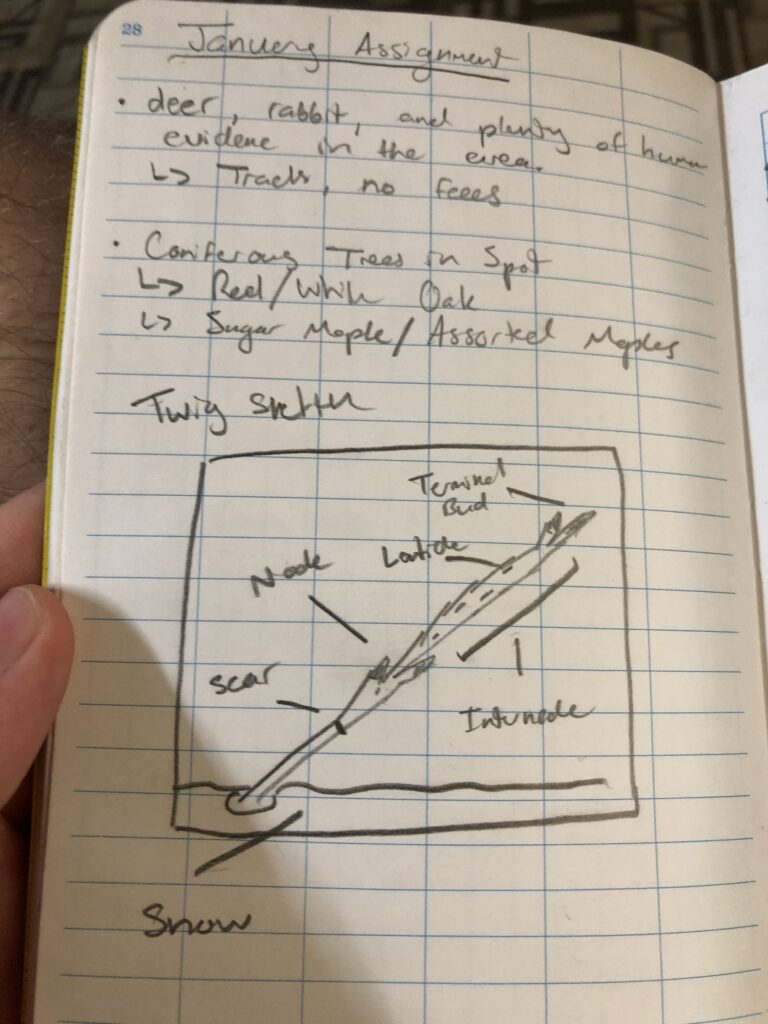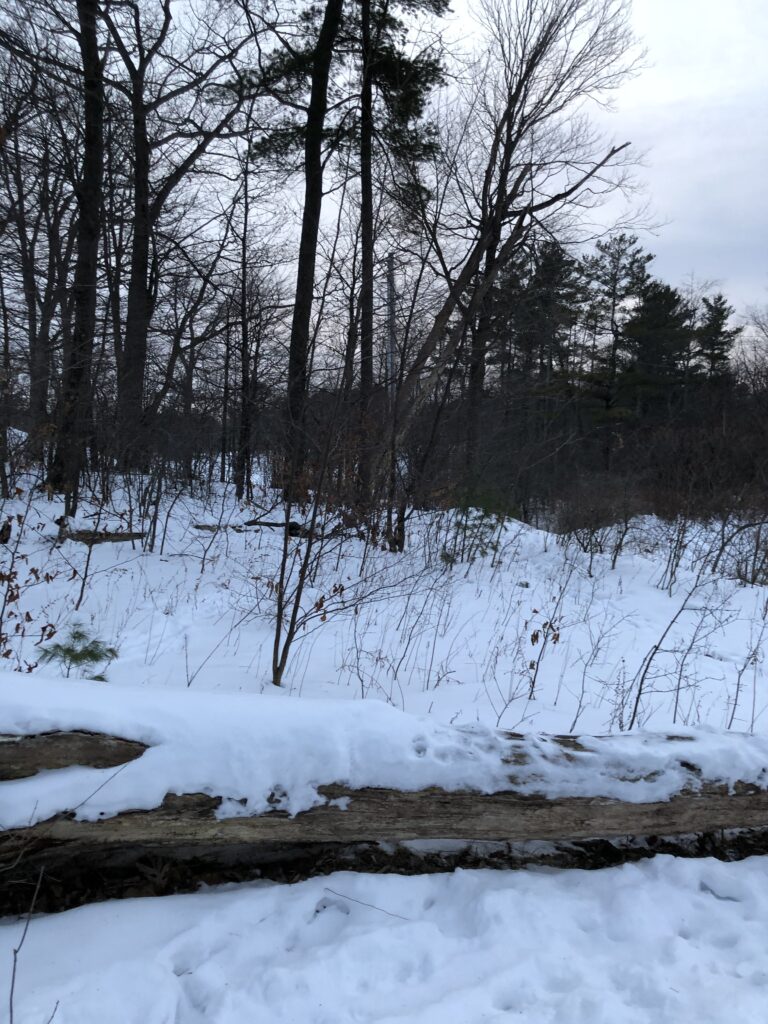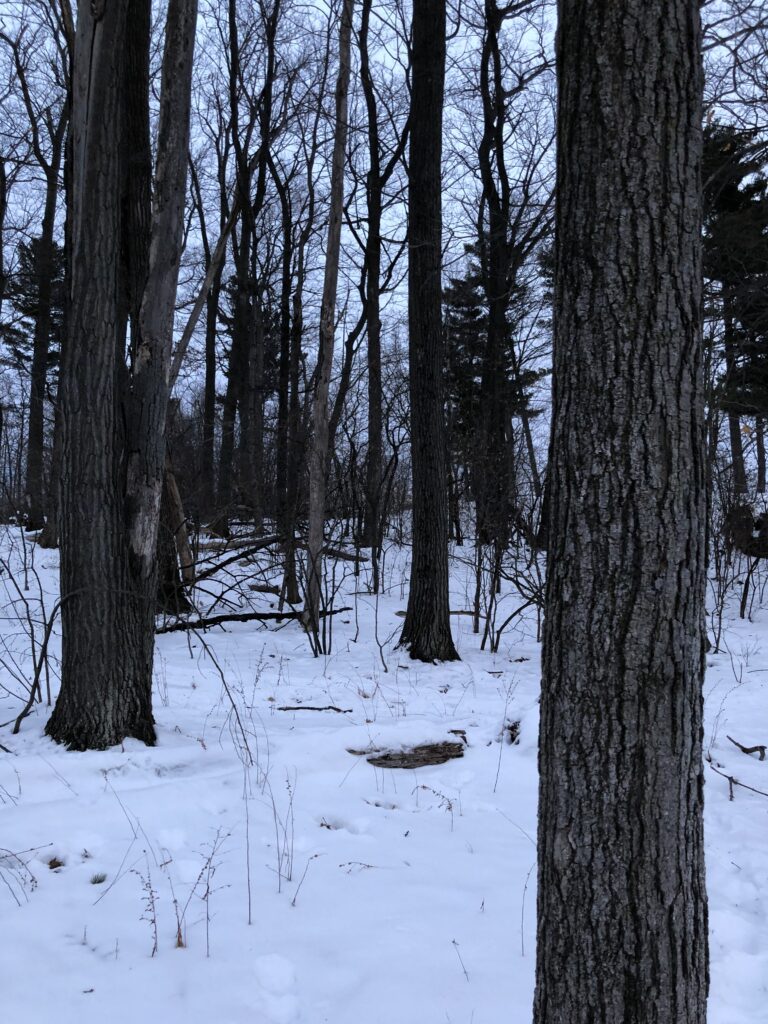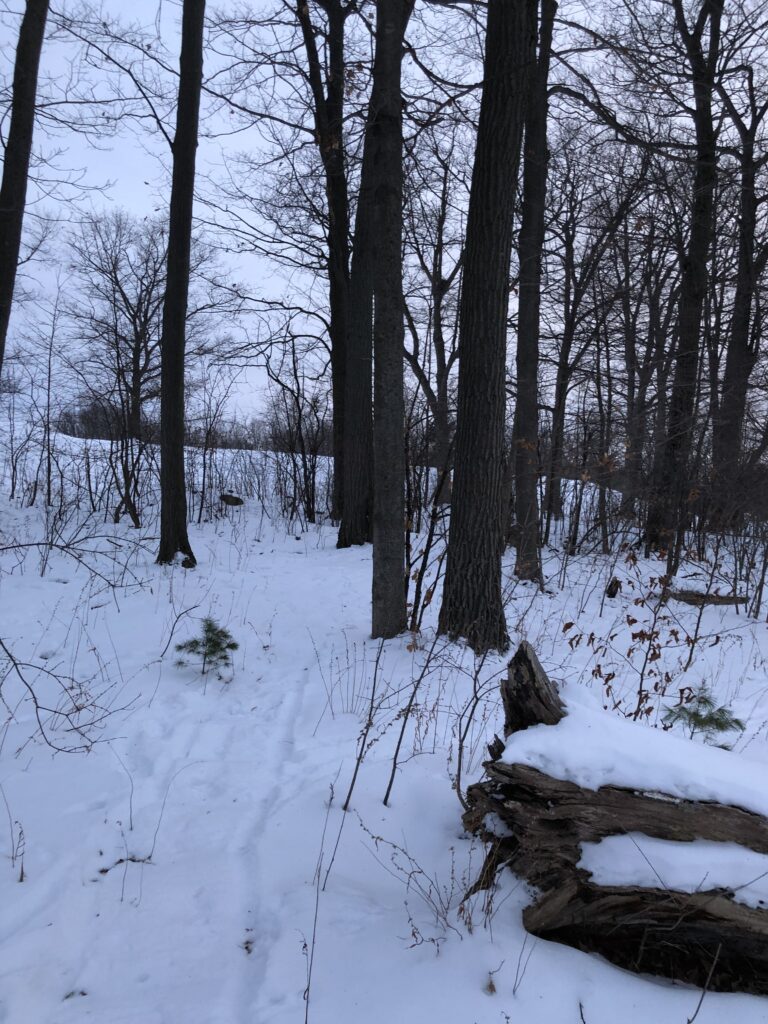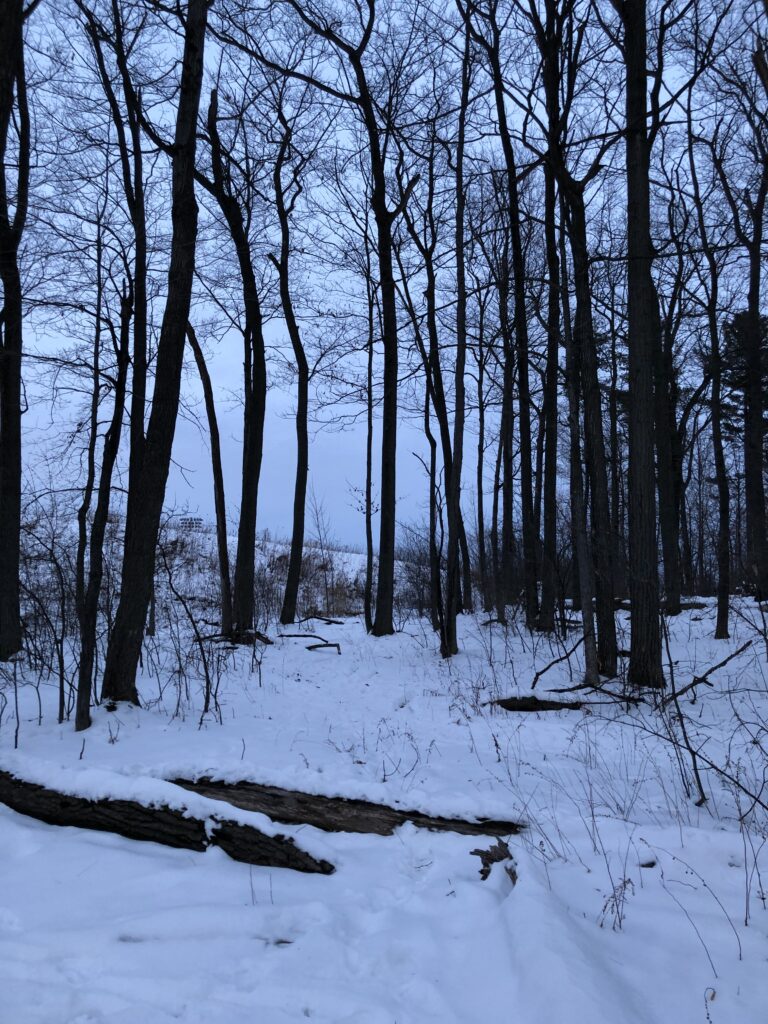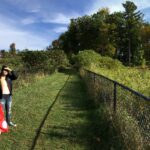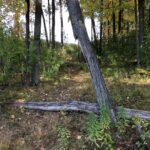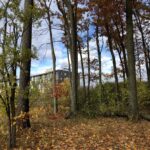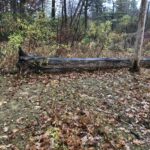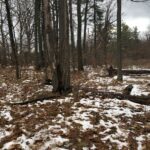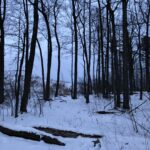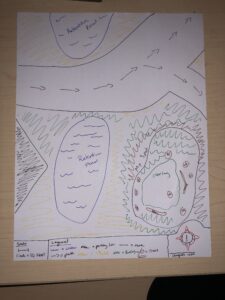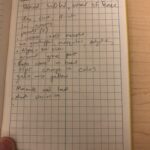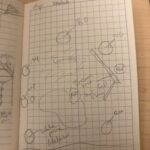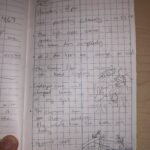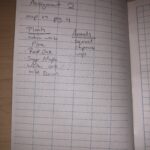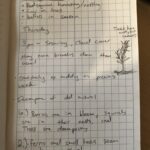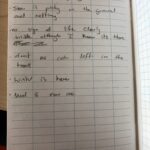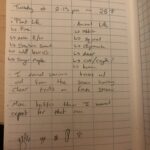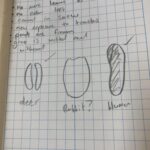This winter at my spot there have been multiple changes. There are no more leaves on any of the trees, not even withered. The landscape is all colorless with little greenery and plant life still not in hibernation for winter. Everything is now covered in snow, when I left for break there was patches still left untouched. There is also new methods of tracking, with the snow leaving better visuals to track. The ponds near my spot have also frozen over since leaving, causing the life that splits time on land and in water. To conclude, the life that is visible somewhere is the grass poking through the grass, which looks defeated and unhealthy. I do wonder though, what went on in my spot while I was away? What did I miss while I was gone, were there animal tracks that were covered by snow? There were people there based on litter, but doing what? I am curious as to what went down to degrade my spot by other humans. How can I stop this? I cant, yet human moral may.

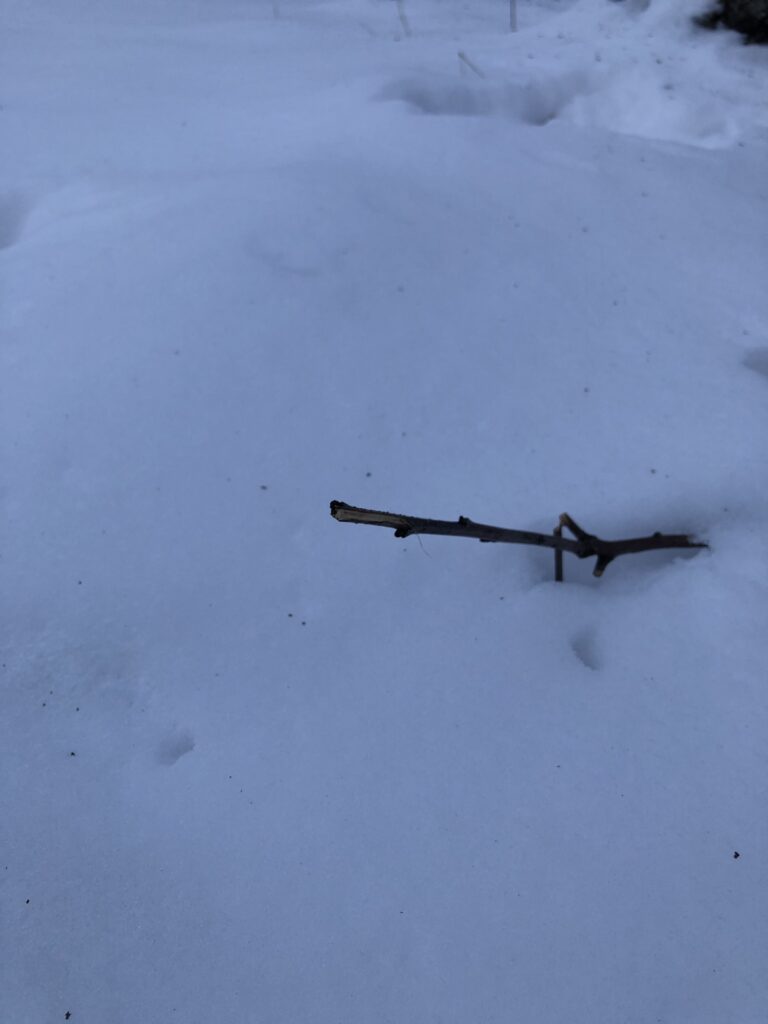
Sugar Maple 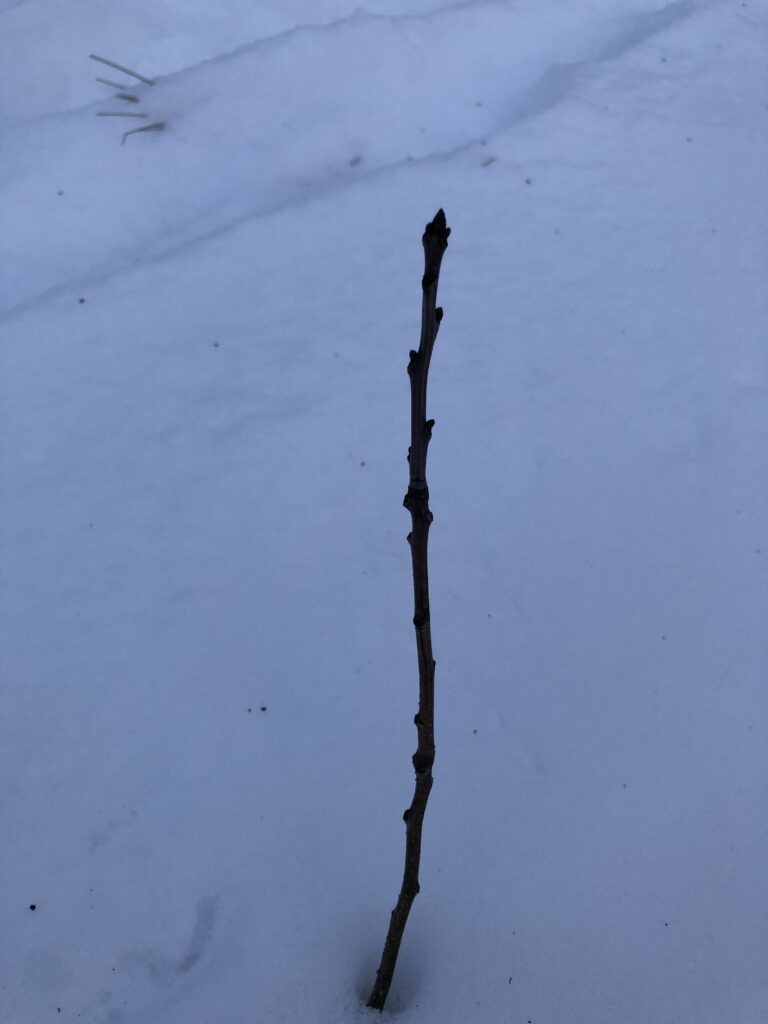
White Oak
List of Deciduous Tree Species: Red Oak, White Oak, Sugar Maple, and Striped Maple
Using the Winter Twig Identification handout given during the lab, I used the graphics and information present to compare to the photos. The first photo I identified as a sugar maple based on the buds, the second I identified was a white oak based upon the blunt buds.
Watts, M. T. (1943). Winter Twig Identification. Winter Twig Identification. South Lincoln, Massachusetts.
Used to help sketch the tree anatomy.
Nix, Steve. “Twig Anatomy for Tree Identification.” ThoughtCo, ThoughtCo, 1 Apr. 2018, www.thoughtco.com/tree-identification-anatomy-of-a-twig-1343464.
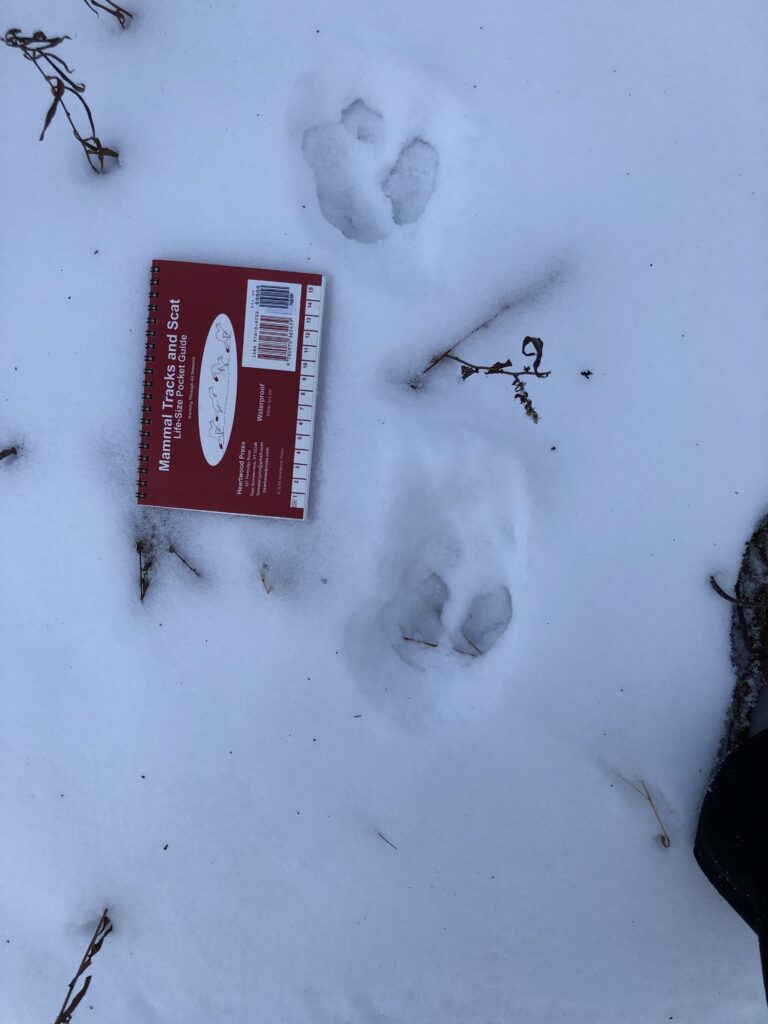
Deer 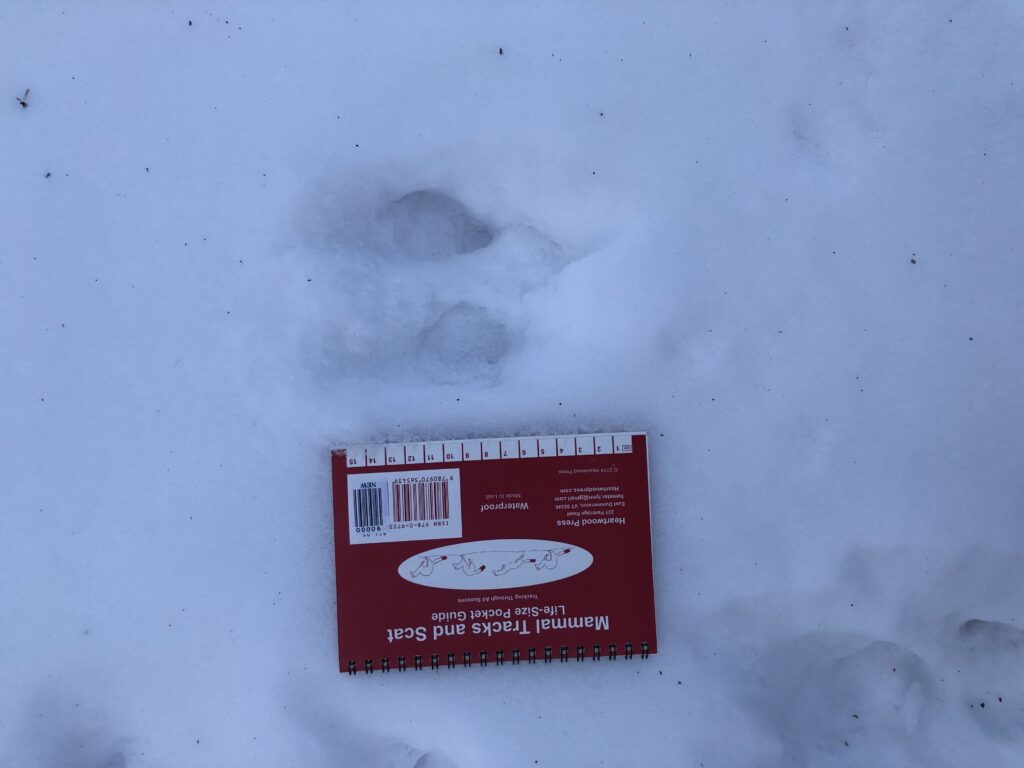
Rabbit 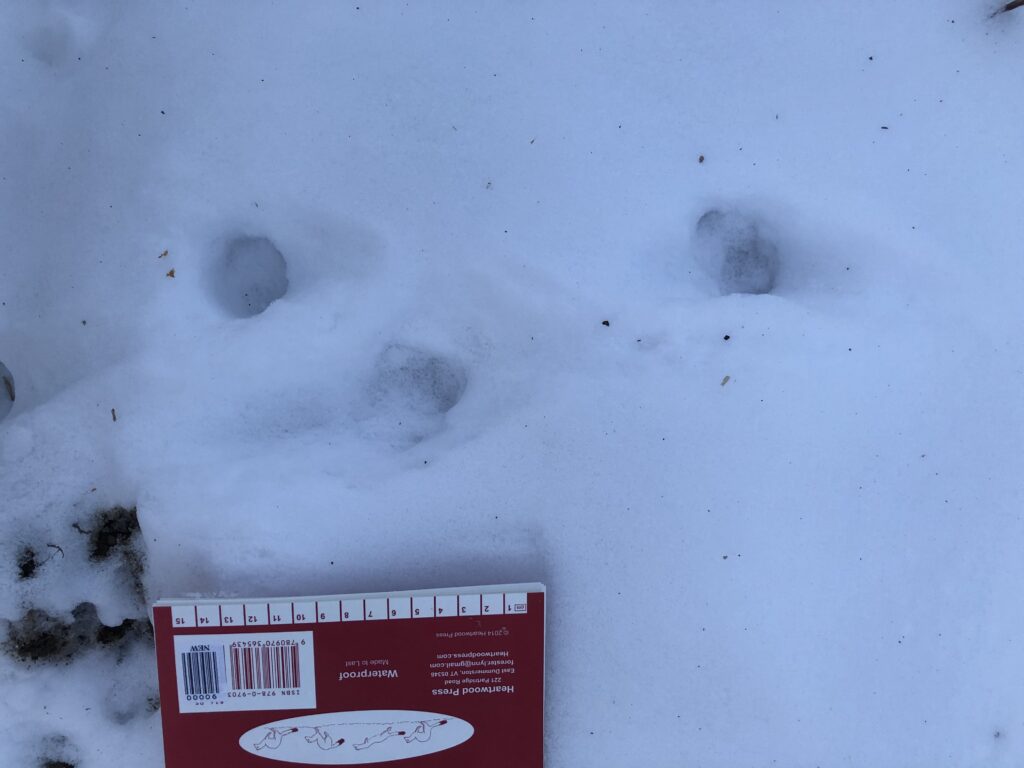
Rabbit 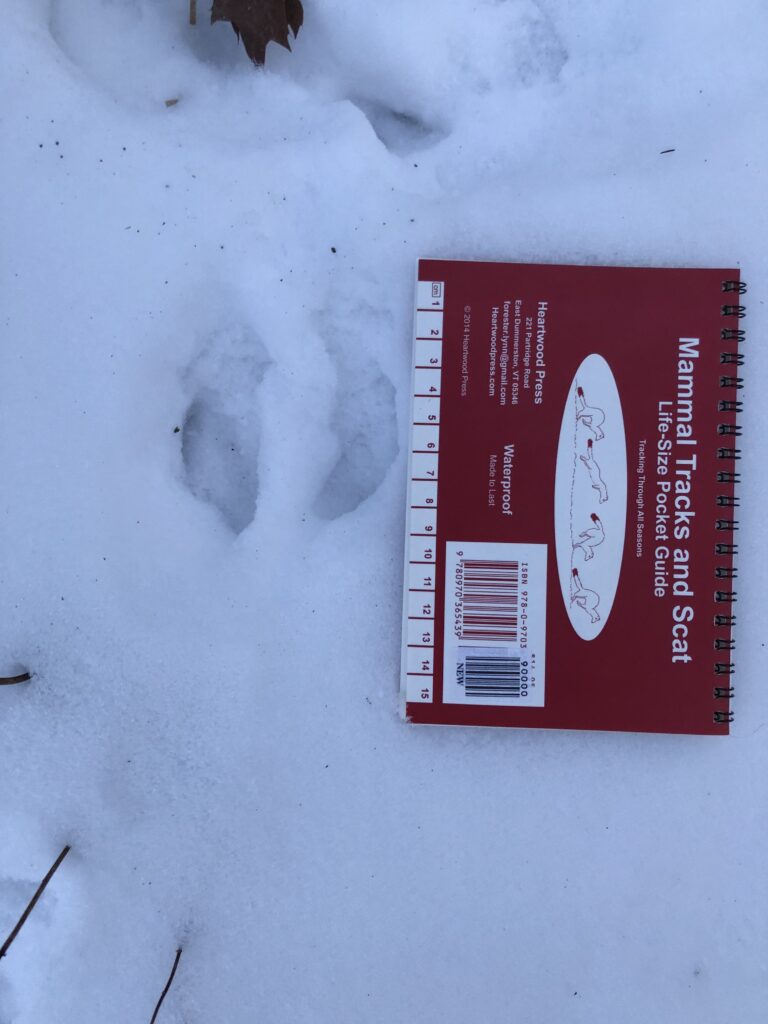
White Tailed Deer
Using the Mammal Tracks and Scat guide for a scale, and the content inside I have deduced the animals trafficking the area during the winter months. There is deer, clearly humans, and the possibility of rabbits. The deer tracks were pronounced and defined as well as the human footprints. The deer tracks were a clear match to the tracks presented in the tracking guide as well as the gait, leaving no other option than White Tailed Deer. The determination of the rabbit was a little harder having less defined features but the front paws do match to the tracks I found as well as the hopping style in those tracks. The smallest of the footprints were hard to identify with no distinct features besides indentation, and my educated guess was rabbit.
Levine, L., & Mitchell, M. (2014). Mammal Tracks and Scat (Life-Sized Pocket Guide). East Dummerson, vermont: Heartwood Press.
